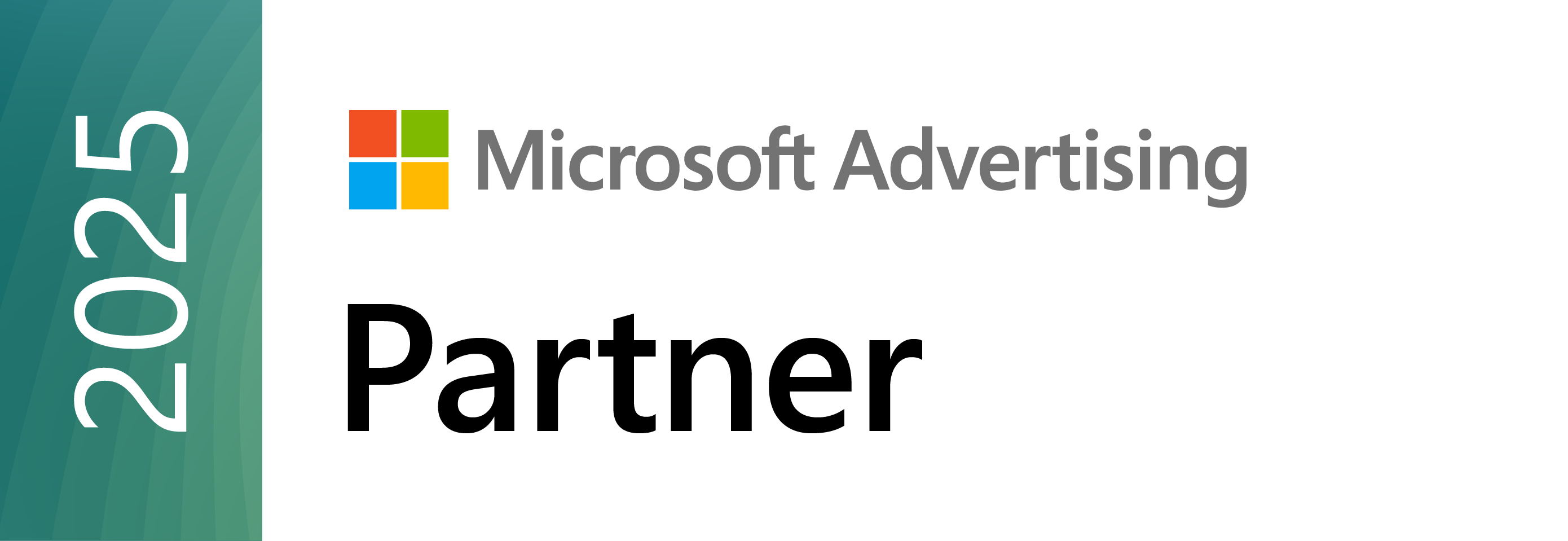
When I sat down to write this paper, the first sentence I managed to type was:
I work in an outhouse.
Not the kind with a crescent moon carved in the door, but something arguably more precarious, a digital agency.
Oh dear. What’s happening? How did we get here? Why is an industry that once had a trusted seat at the brand table now sitting outside in the metaphorical woods, waving its arms for attention like an understaffed roadside diner?
Let me paint the picture. Picture the agency team, crammed into a shack, wires tangled, trying to keep the lights on, muttering phrases like “go-to-market” and “conversion funnel” as if anyone’s listening.
Now, I can’t think of anything a brand-side leader wants to hear less than an outhouse person’s thoughts on the in-house vs. out-house debate. So let me be clear: this is not a pitch. We’ve all sat through enough of those already, and the year’s only halfway over.
What I do want to comment on is the broader mindset, how it’s evolved, why the pendulum swings (and who gets clocked when it does), and why this conversation isn’t about where people sit, but how well they connect.
A decade ago, brands outsourced what they didn’t want to build. Today, they in-house what they think they can do better. Fair. But the in-house model isn’t a silver bullet. It’s often just a shift in attempted problem-solving from one building to another. And if the core functions of revenue, sales, marketing, and product don’t work in sync, it doesn’t matter who signs the paycheck. You’ve still got an outhouse.
This topic is about alignment. Not collaboration. Not teamwork. Alignment. The hard, strategic version. Where everyone from CMO to CRO to your product team agrees on who you’re trying to reach, how you’ll reach them, and what success actually looks like.
It’s also a look at how agencies can evolve, not to reclaim the throne, but to adapt to a new reality. A reality where brands want speed, control, and insight. And where agency partners, if they’re going to be partners at all, must bring more than just execution. They must bring clarity. Candor. And a perspective that cuts through the echo chamber of internal alignment theater.
Let’s get into it.
Punching Through the Echo Chamber
Alignment is the corporate version of flossing, everyone says they do it, very few actually do, and the consequences sneak up on you. For CEOs and CMOs, particularly in complex verticals, this isn’t just a hygiene issue. It’s open-heart surgery. Sales, marketing, and product are playing different games with different scoreboards. And as a result, brands are shifting in-house, not always because they should, but because they think they can fix the problem with proximity.
Spoiler: Proximity isn’t the problem
In-housing is trending like oversized headphones in the early 2000s. Everyone’s doing it. Some look great. Most have a cord that’s starting to fray. The truth? The agency model needed a shake-up. The problem is, none of these models came with instructions. We’ve swapped out the external dysfunction for internal confusion on both sides of the fence.
This conversation is for the leaders who want to stop playing musical chairs with their budgets and org charts and start fixing the music. It’s a breakdown of the alignment gap, why it exists, what it costs, and how to fix it. It’s also a roadmap for evolving brand-agency partnerships, from clunky vendor relationships to high-output strategic alliances that get results.
This isn’t about choosing sides. It’s about choosing results.
The Cost of Misalignment: Budget’s Silent Killer
Misalignment costs money and not just Monopoly money. Real, C-level-raising-eyebrows kind of money.
In-house teams often assume that physical proximity will equal unity and speed. But that’s like assuming putting your treadmill in the living room will make you run more. Alignment isn’t about where people sit, it’s about how they think. And if your marketing team is still talking about awareness while your sales team is drowning in churn, no amount of “weekly alignment meetings” will fix it.
Root Causes: It’s Not the Tools, It’s the Turf Wars
Everyone’s got a favorite sport. Marketing’s playing brand games. Sales is chasing quotas. Product’s launching things no one asked for. This is one of many shared pains both brands and agency partners experience.
In-house teams aren’t exempt. In fact, the turf wars can get messier when everyone’s technically “on the same team.” Que the passive-aggressive calendar declines. At least we can all empathize together about this one.
The Revenue Team Model: Same Drumbeat, Same Sheet Music
A radical thought: What if the people responsible for making money actually planned together?
This isn’t theoretical. High-growth companies already do it. The rest? They’re still doing sporadic “brand planning off-sites” with catered sandwiches and zero follow-through.
Tech & Tools: Shiny Objects or Strategic Assets?
You can have all the martech toys in the world. If no one’s using them the same way, it’s just a very expensive desk ornament.
Internal teams often buy the tools but fail to create a shared language to use them. Agencies, done right, can help translate, not sell you more software, but help make sense of the stack and, even better, ensure the stack knows its ABCs and 123s.
Leadership’s Role: Time to Floss
This part’s not fun, but it’s true: alignment starts at the top.
And agencies? They shouldn’t be spectators sitting on their hands waiting for project proposal requests. They should be extensions of the leadership team, there to call the baby ugly when necessary, and then help thoughtfully and collaboratively clean it up, IE: behaving like a true partner, not a product pusher.
The Playbook: Less Talk, More Alignment, The Real Kind
Conclusion: Outhouse or Not, The Game Has Changed
Alignment is your growth strategy, simple as that.
In-housing might feel like control. But without alignment, you’re just building a fancier outhouse. Agencies? Stop selling short-sighted services and start showing up as partners.
The winners in the future won’t be the ones with the most headcount or the best campaign decks. They also won’t be definitively in-house or outhouse.
They’ll be the ones who operate like a single brain…sales, marketing, and product moving in lockstep. Whether your team’s in-house, out-house, or hybrid, the question isn’t where they sit. It’s whether they align.
Get marketing insights that actually move the needle — directly in your inbox.



